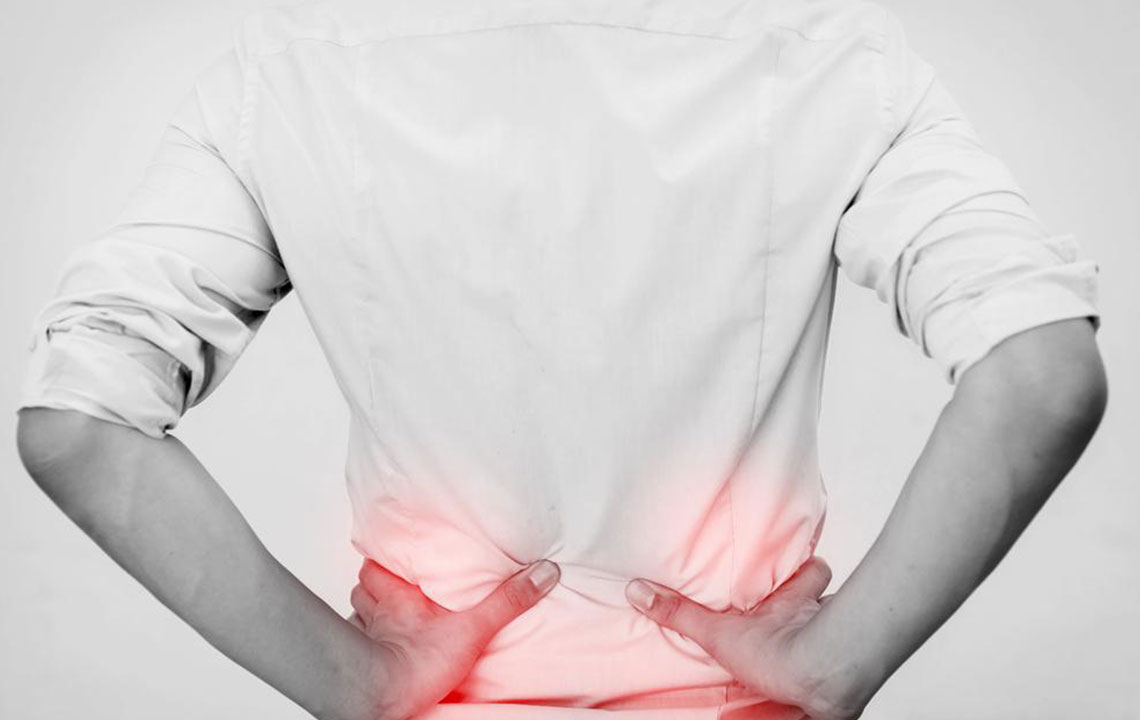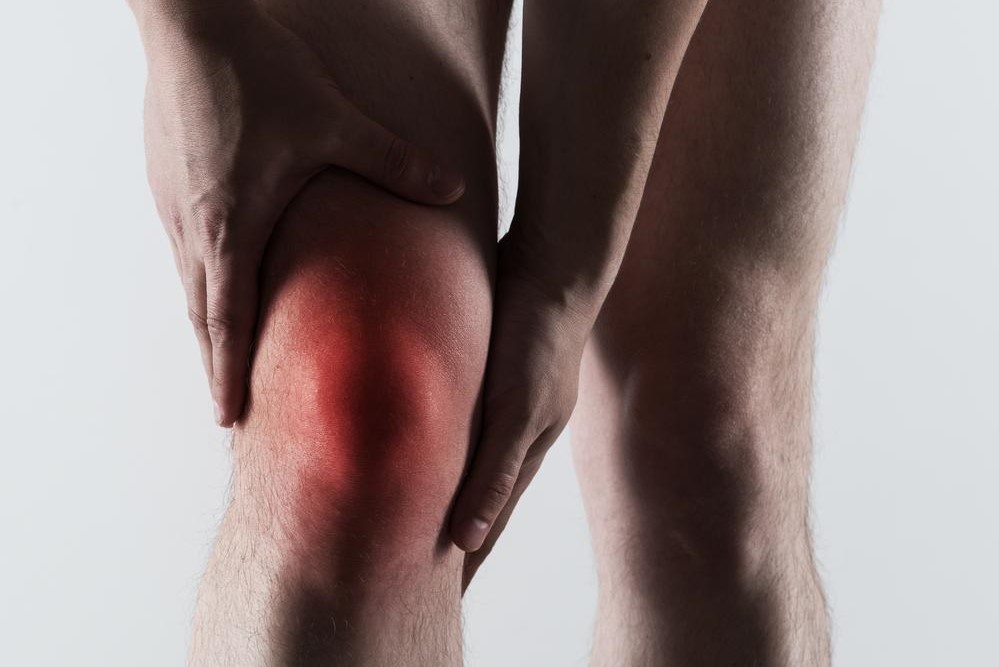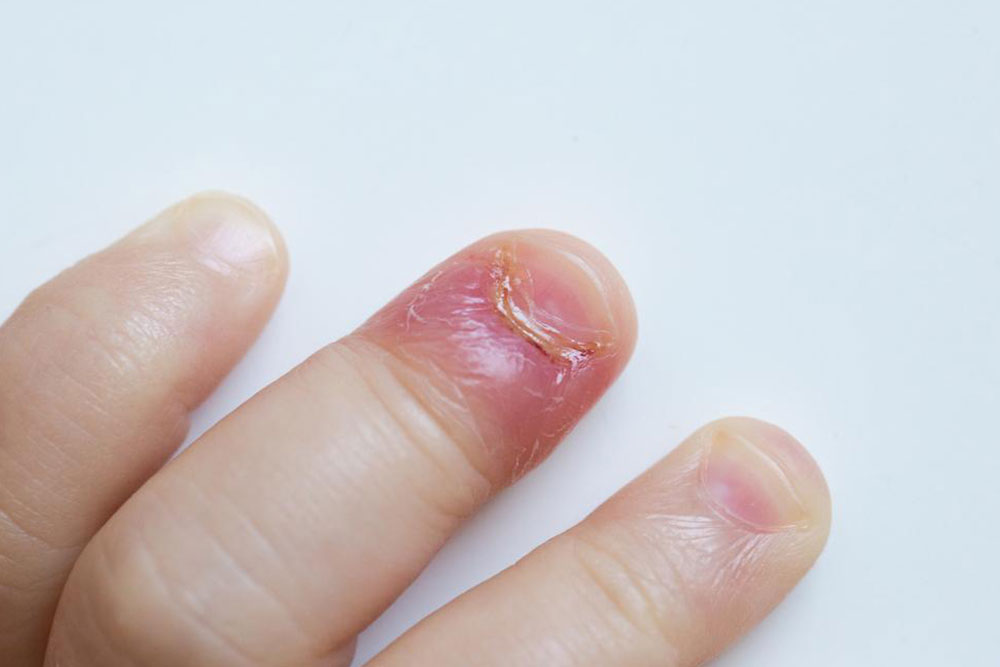Effective Ways to Relieve Hip Discomfort
Explore comprehensive options for managing hip pain, including weight management, exercise, topical remedies, medications, and surgical solutions. Tailored treatments, both conventional and alternative, can help alleviate discomfort and restore mobility. Consultation with healthcare professionals is essential for personalized care. This guide offers insights into causes, risks, and effective relief strategies for hip discomfort, suitable for all age groups affected by the condition.

Effective Strategies for Managing Hip Discomfort
The hip joint plays a vital role in our mobility and overall leg function. It’s a robust ball-and-socket joint designed to endure repeated movements and weight-bearing activities. Protective cartilage and surrounding muscles help ward off injuries.
Hip pain is a common concern across age groups. Once thought to be solely an aging issue, it now affects individuals in their 30s and 40s significantly. Understanding the root causes is essential for effective treatment.
Common Causes of Hip Discomfort
In today's fast-paced world, overexertion and fatigue are prevalent, leading to increased hip issues. Hip pain can affect all age groups, sometimes due to falls or injuries that impact the back and hips. Arthritis is another common cause, often resulting in pain radiating to the buttocks, thighs, and groin, impairing movement and quality of life.
You can consider various treatments to alleviate hip discomfort:
Treatment Options
Chronic hip pain can interfere with daily routines and reduce quality of life. Here are some effective approaches to manage and treat hip pain:
Maintaining a Healthy Weight – Managing weight is crucial for reducing stress on the hip joints. Lowering body weight decreases the load on hips and can significantly ease pain over time.
Physical Activity – Regular exercise helps lubricate hip muscles, improves circulation, and enhances oxygen delivery to tissues. Engaging in gentle movements, under expert guidance, can help relieve discomfort. Avoid intense or painful exercises without professional advice.
Topical Remedies– Pain relief gels, ointments, and sprays are common. Applying these products twice daily for about a week can temporarily soothe pain and inflammation.
Medications– For persistent pain, doctors often prescribe pain relievers and anti-inflammatory drugs. These help manage symptoms, especially in cases of muscle cramps or inflammation. Warm compresses can also promote better blood flow and relief.
Surgical Intervention – Surgery becomes necessary in severe cases involving significant damage, inflammation, or injuries. This option is usually reserved for critical conditions and involves complex procedures.
In addition to conventional treatments, alternative therapies like Ayurveda, physiotherapy, and tailored exercise regimes can be beneficial. Combining treatments often yields faster and longer-lasting relief, with multiple approaches customized to individual needs.










